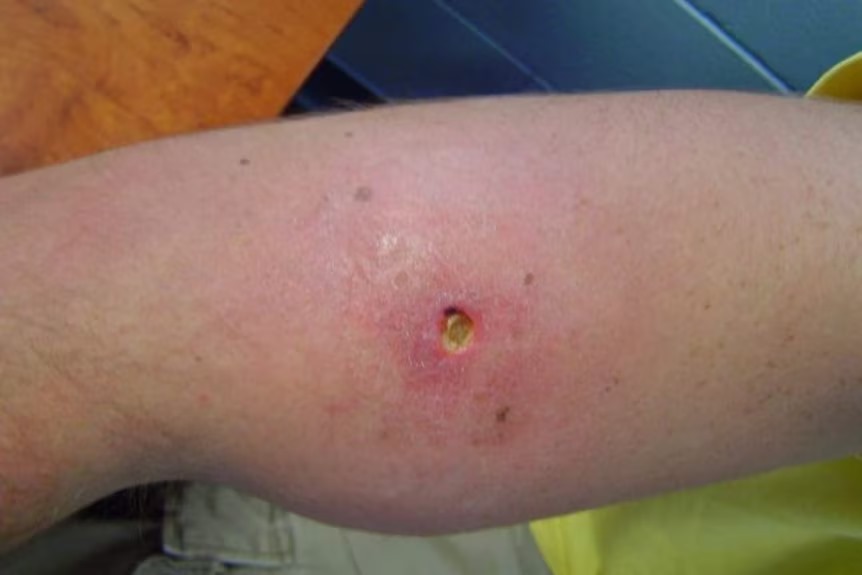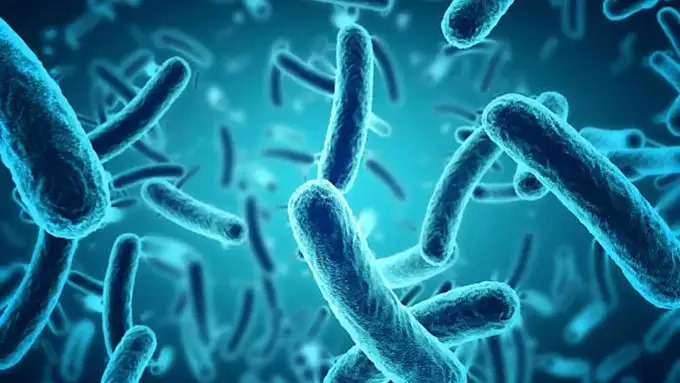– Yusra Firdaus
Japan is facing a deadly outbreak of “flesh-eating bacteria,” posing a severe threat to public health. Health officials are alarmed by the rapid increase in cases of streptococcal toxic shock syndrome (STSS), with fatalities occurring within 48 hours in some instances.
The country has reported close to 1,000 cases of STSS this year. Physicians warn that symptoms can be fatal in as little as 48 hours. The National Institute of Infectious Diseases (NIID) of Japan recorded 977 cases of STSS by June 2, surpassing the 941 cases reported in the first half of 2024.
Tokyo has been hit particularly hard, with 145 cases reported in the first half of the year. About 30% of these cases have resulted in death, primarily affecting individuals over 30.
 Group A Streptococcus (GAS), the same bacteria that causes strep throat in children, is responsible for the illness. Certain strains can rapidly cause symptoms such as fever, low blood pressure, limb pain, and swelling, which can progress to necrosis, organ failure, dyspnea, or death if untreated.
Group A Streptococcus (GAS), the same bacteria that causes strep throat in children, is responsible for the illness. Certain strains can rapidly cause symptoms such as fever, low blood pressure, limb pain, and swelling, which can progress to necrosis, organ failure, dyspnea, or death if untreated.
Ken Kikuchi, an infectious diseases professor at Tokyo Women’s Medical University, told Bloomberg that “the majority of the deaths happen within 48 hours.” He explained, “A patient may die in 48 hours if they have swelling in their foot that starts in the morning and spreads to their knee by noon.”
If the infection rate continues at its current level, Kikuchi estimates there could be over 2,500 cases in Japan this year. Health professionals caution that people over 50 are particularly vulnerable to severe illness and death.
Treatment for STSS involves high-dose intravenous antibiotics and supportive care, but early detection and intervention are crucial. The NIID emphasizes that proper hygiene, including frequent hand washing, prompt treatment of GAS infections, and careful monitoring of wounds and skin infections, is the best defense against GAS and STSS.
“People with an open wound are at increased risk for STSS,” according to the U.S. Centers for Disease Control and Prevention (CDC). This includes patients recovering from surgeries and those with viral infections resulting in open sores.
Following the COVID-19 pandemic, several countries have noted an increase in GAS and iGAS infections. At least five European nations reported a spike in iGAS cases to the World Health Organization in late 2022, coinciding with the lifting of COVID restrictions.
The Public Health Agency of Canada also revealed that iGAS disease activity was higher in 2023 compared to pre-pandemic years. Federal, provincial, and territorial governments have prioritized the monitoring and control of iGAS disease activity, requiring it to be reported to public health authorities.
As Japan grapples with this alarming outbreak, health officials continue to stress the importance of vigilance and timely medical care to combat the spread of this deadly disease.




